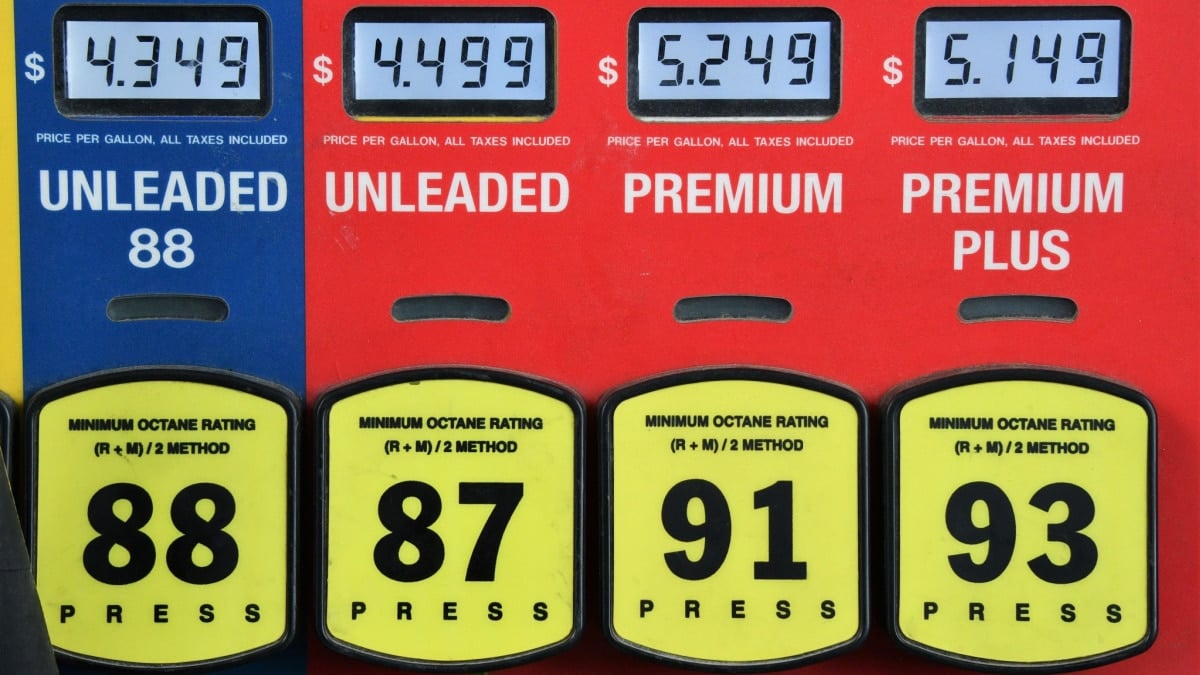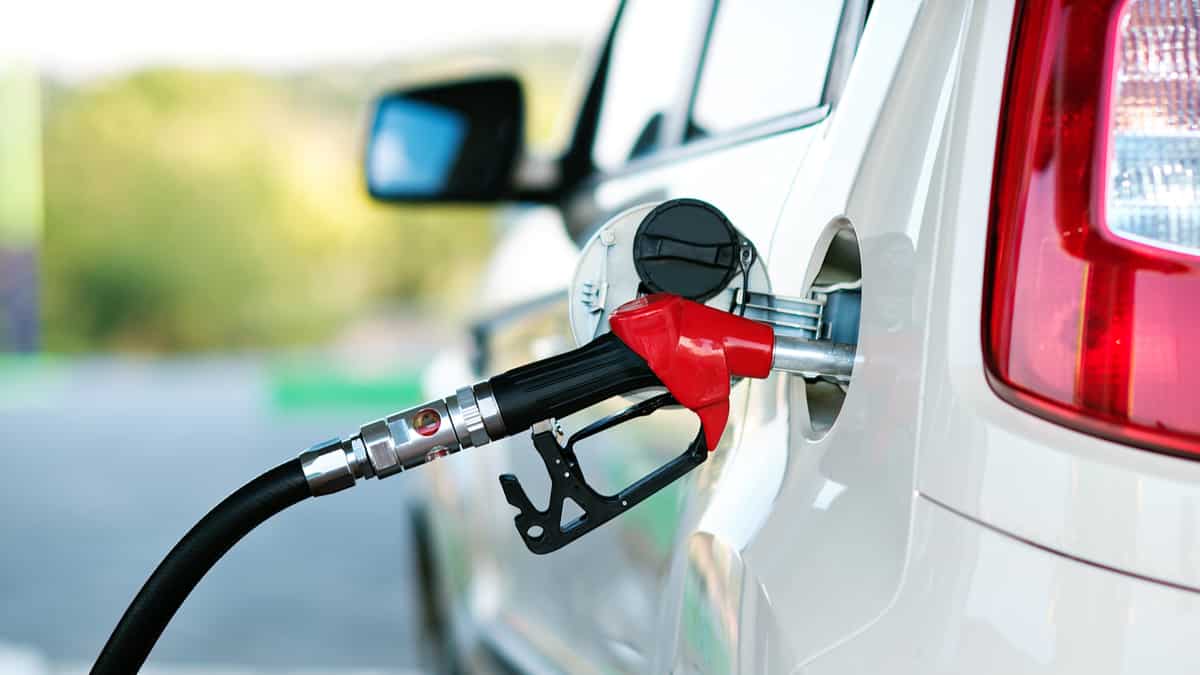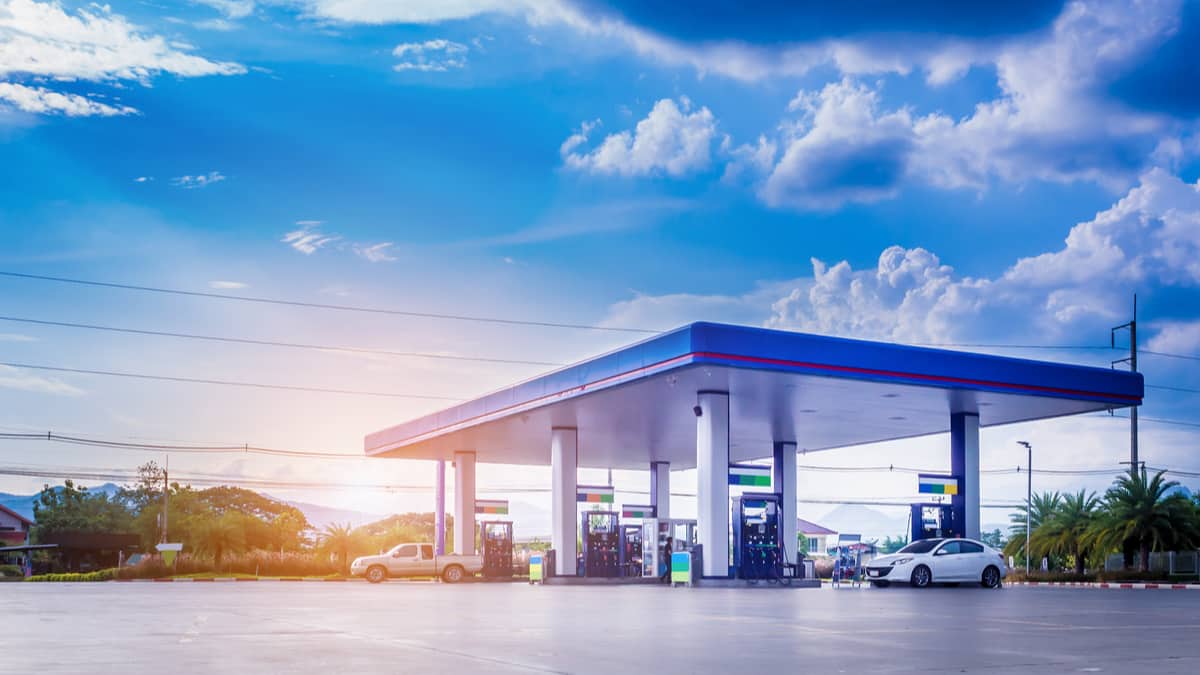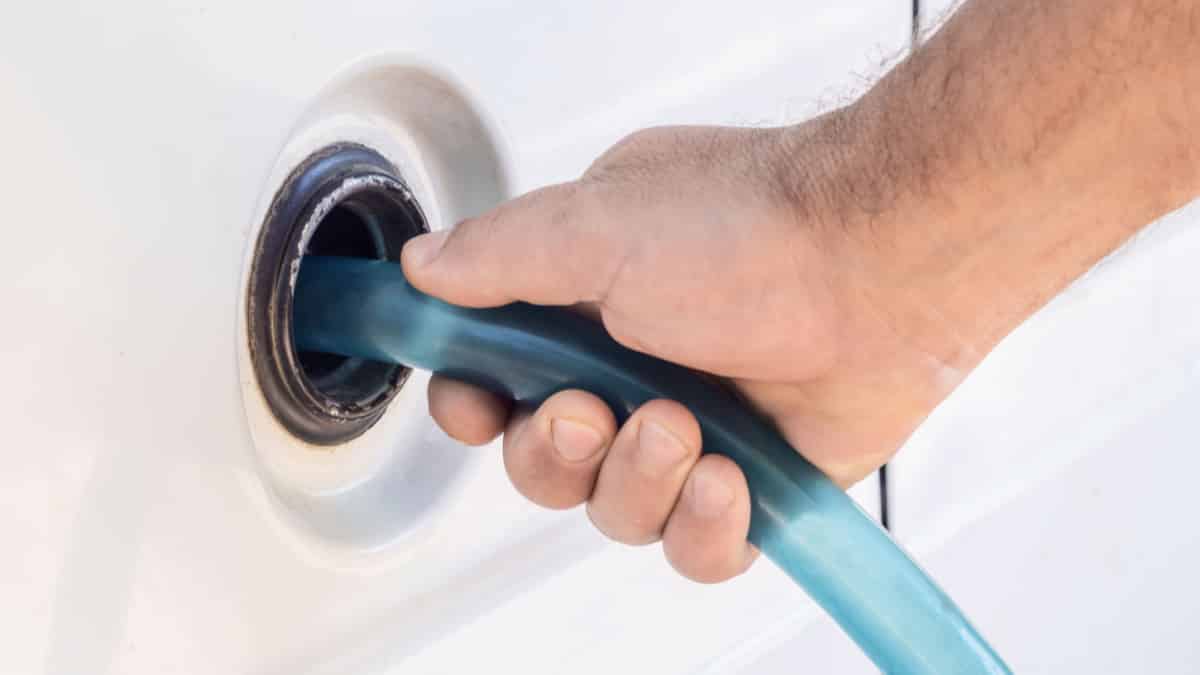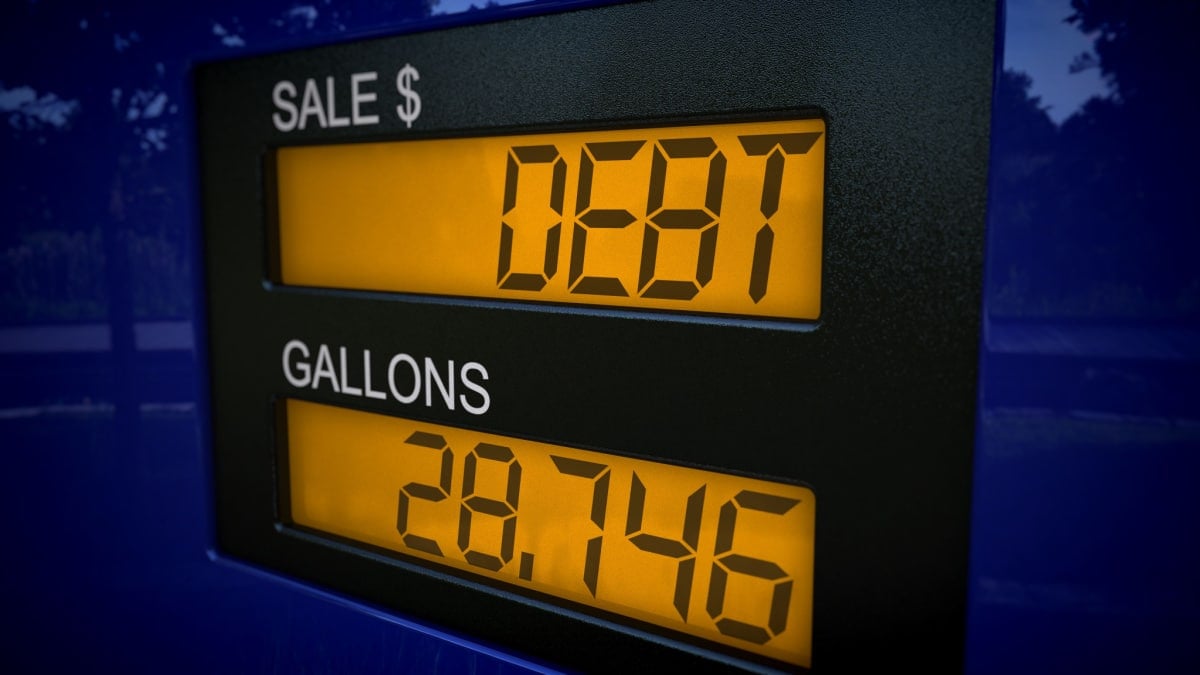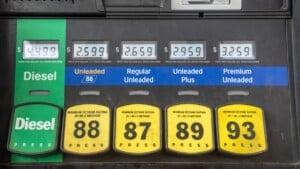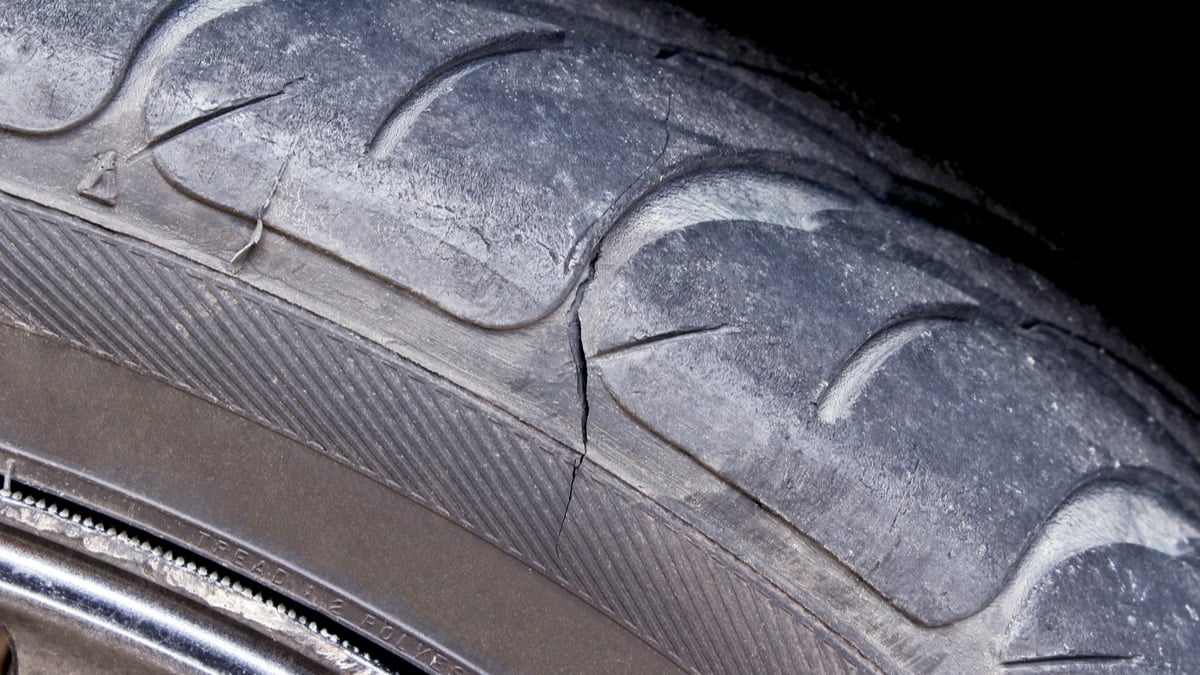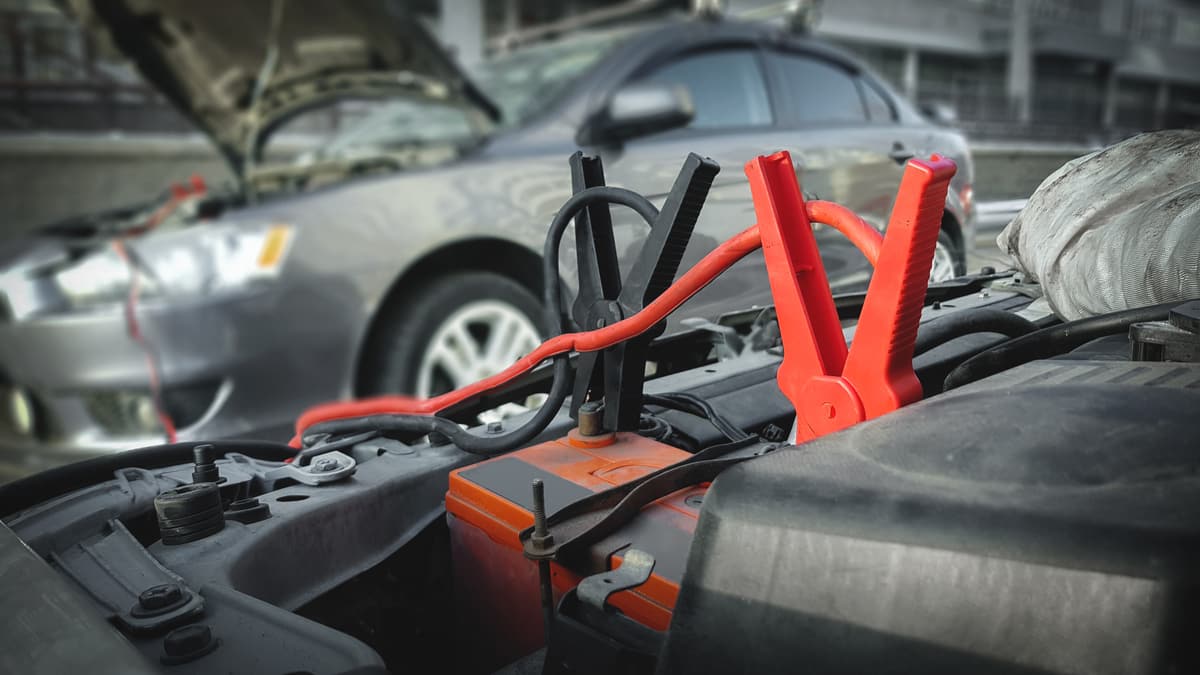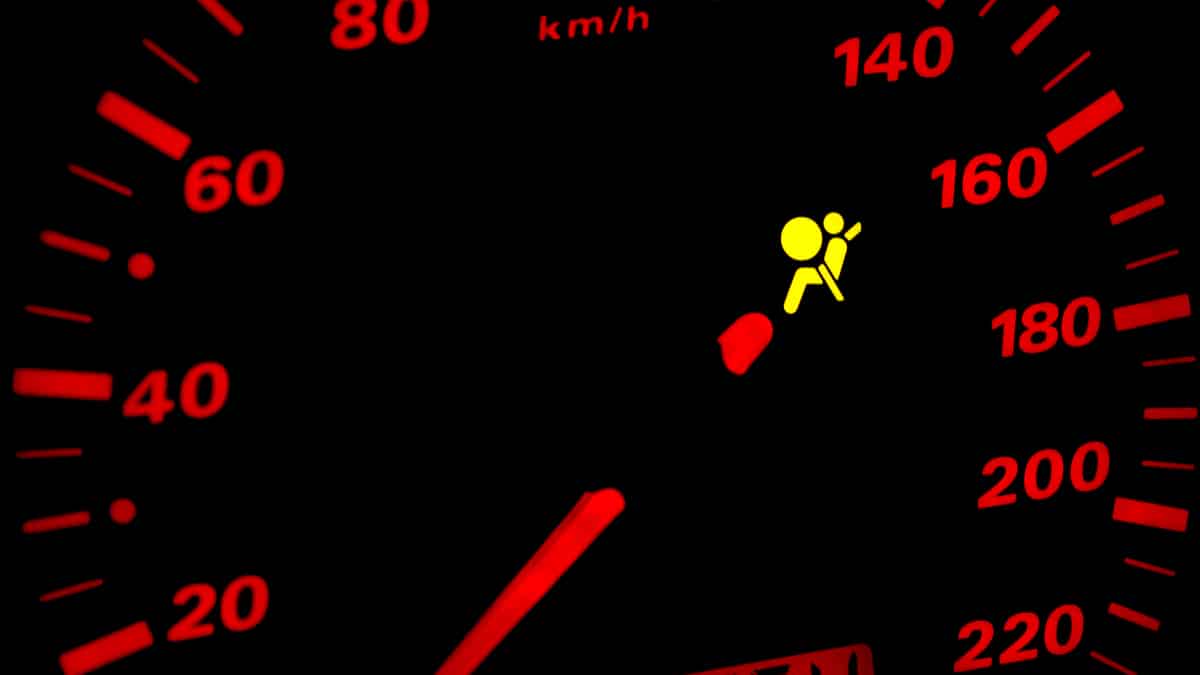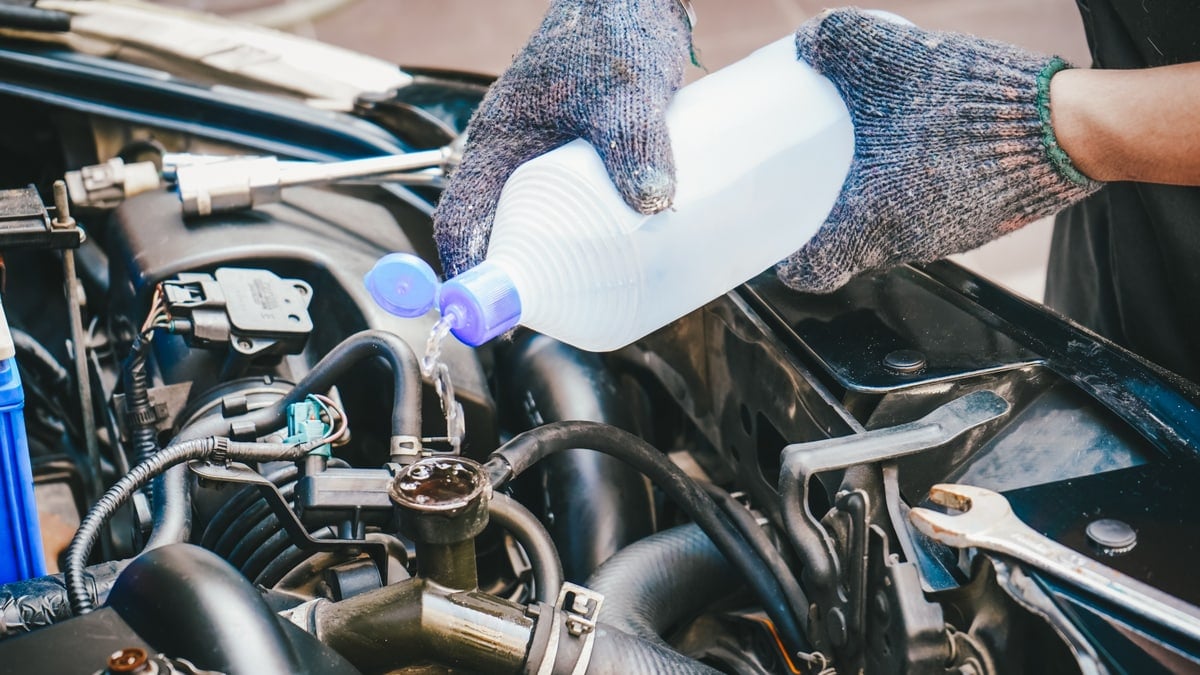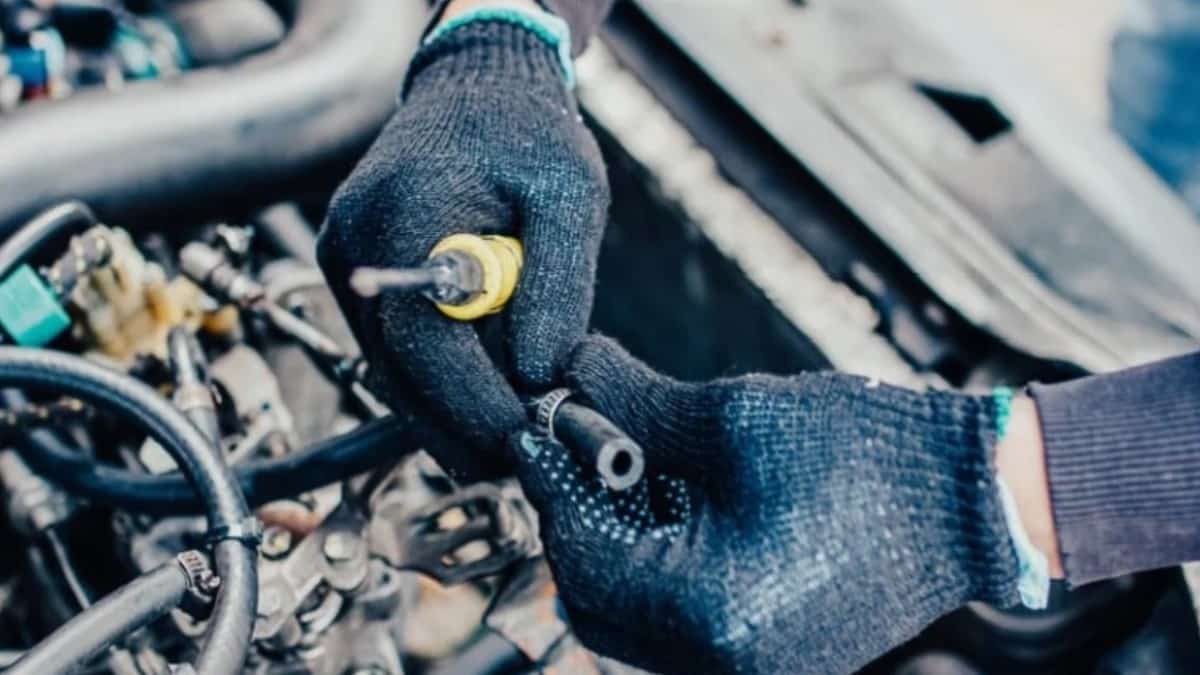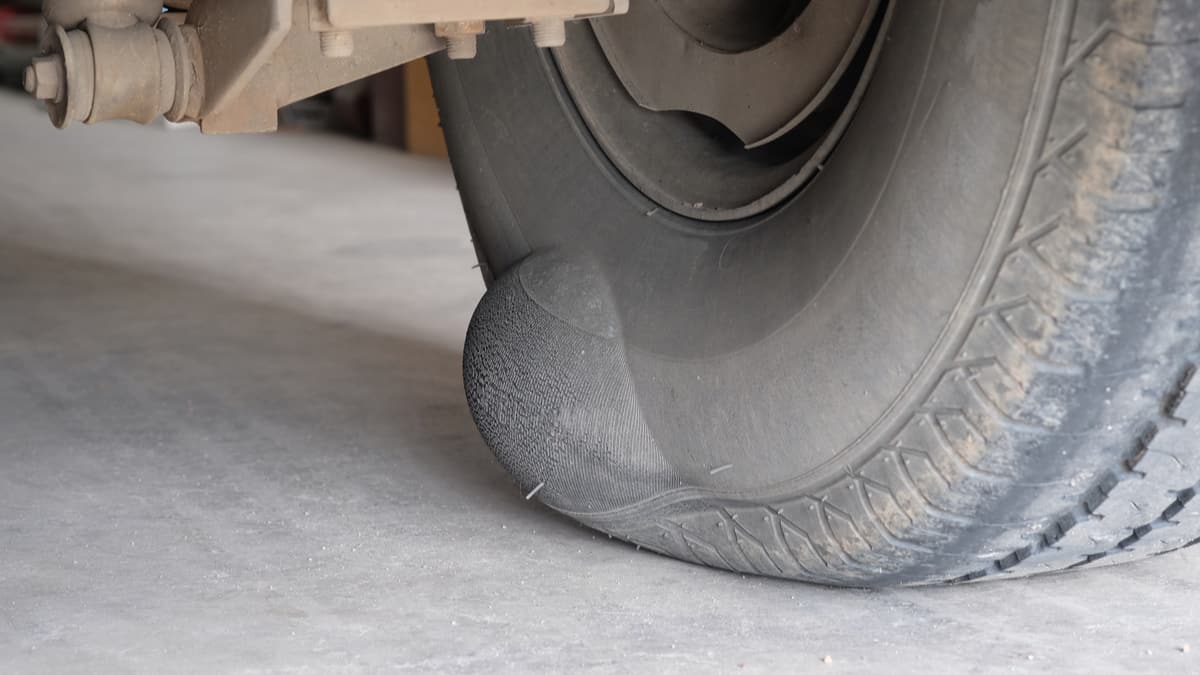When you pull up to the gas pump, you have a lot of options in front of you. Most passenger cars rely on Unleaded 87, so what are the other pumps used for? The numbers indicate the octane rating, with 87 showing a slightly lower percentage than 88. Will unleaded 88 damage your car if it’s rated for 87?
In this guide, I discuss the basics of unleaded 88 gas and show you what cars use it. I also touch on the differences between 87 and 88. Plus, I give you the pros and cons of using 88 fuel. At the end of the guide, you will find some of the most asked unleaded 88 questions with the answers you’ve always needed.
Is Unleaded 88 Safe For My Car?
For most modern cars that utilize octane 87, unleaded 88 would be completely safe to use and should not damage your car. It’s designed to work with most gas engines made from 2001 on. It’s also compatible with flex-fuel vehicles. However, you should always check the owner’s manual before using a new fuel.
Now that you know it’s safe for most cars, let’s take a closer look at what unleaded 88 gas really is and what cars it’s made for.
What is Unleaded 88 Gas?
The 88 unleaded gas is also known as E15. This designation is given to the fuel because it contains 85% gasoline, along with 15% octane. Unleaded 88 is made the same way that 87 is at a refinery. The only difference is the octane percentage, helping it to burn cleaner and provide more of an engine boost.
Unleaded 88 also tends to be cheaper than 87 when it is available. Why would this fuel be cheaper? The government has some ethanol subsidies that allow for the cost to be lower. The higher the ethanol level in the fuel, the more room there is to lower the price. Plus, ethanol is cheaper to produce than gasoline, so the more that’s included in the equation, the lower the costs will be.
What Cars Use Unleaded 88 Fuel?
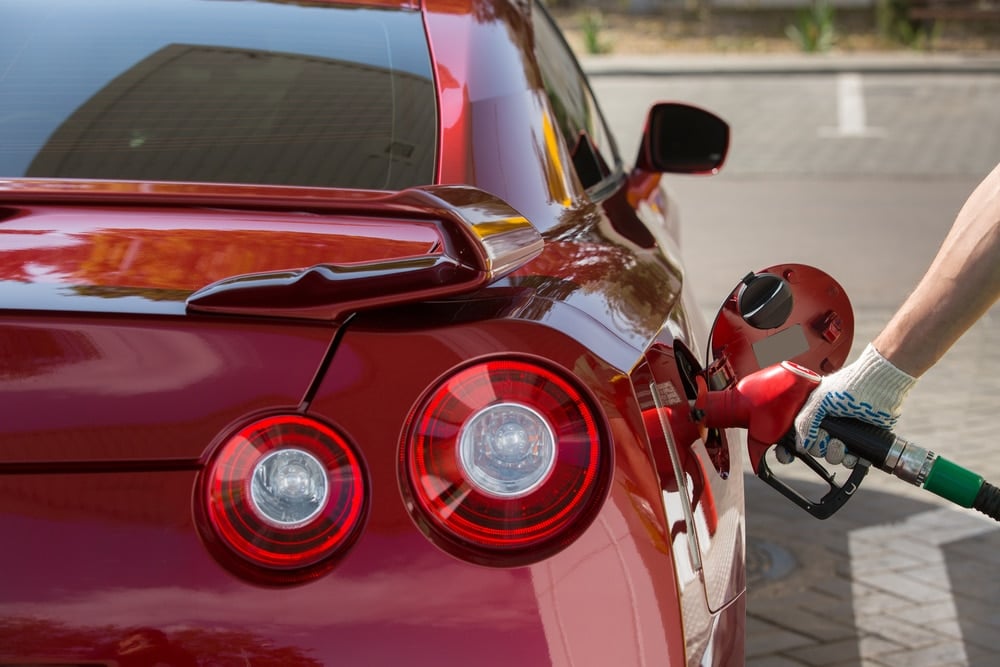
The US Environmental Protection Agency (EPA) sets forth all of the octane and ethanol regulations for our country. According to the information provided by the agency, all vehicles manufactured during the 2001 model year and later are compatible with E15 and unleaded 88. Additionally, flex-fuel vehicles can use 88 octane.
While 88 unleaded is heavily tested for compatibility by the EPA, it’s important to always follow the recommendations given by your car manufacturer. By reading through your owner’s manual, you may find different regulations that would override this general rule. Some luxury and premium cars should only use mid to high-grade fuel for the best performance.
RELATED: Is Unleaded Gas the Same as Regular?
Unleaded 87 vs. Unleaded 88 Differences
1. Ethanol Rating
The biggest difference between the two fuels is the ethanol rating. Unleaded 87 fuel is otherwise known as E10 because it contains 10% ethanol.
On the other hand, 88 unleaded is called E15. For this reason, you know that it contains slightly more ethanol – 15%, to be precise. Other than that, they both use the same unleaded fuel mixed with the ethanol.
2. Emissions
With the increased ethanol ratio, the engine should burn cleaner. This clean burn provides a slight boost to power, offering a slightly noticeable increase in performance.
Additionally, more ethanol means reduces emissions. When using 88 unleaded, you are pumping fewer harmful gases into the environment, thereby helping to improve air quality.
3. Cost
As you stand at the pump, you may notice a slight difference in price between unleaded 87 and 88. If it’s available in your area, the 88 octane option should be a little cheaper.
The EPA is able to provide subsidies because of the higher ethanol rating. For that reason, savings are passed on to the customer. Doesn’t everyone want to save a little more money?
Unleaded 88 Pros
1. Better for Environment

The increased ethanol rating ensures that the emissions coming from the vehicle will be better for the environment. The higher the ethanol rating, the more you can feel good about what’s coming from the tailpipe.
With fewer emissions, you leave less damage to the environment around you. Even if the cost of 88 unleaded was a little higher, it would be worth it simply because of this benefit. But thankfully, the cost is another selling feature.
2. Cheaper
The EPA does its part to ensure that all Americans are working hard toward fixing climate change. For that reason, additional discounts are provided with unleaded 88 fuel.
When you visit the pump, you can expect to pay less per gallon for 88 unleaded vs. 87. Not only will you pay less, but the improved fuel economy that I am about to discuss will help ease the cost too.
3. Better Performance
Because 88 unleaded will burn cleaner, you will see an improved fuel economy rating. Not only that, but the cleaner burn can provide a small boost in performance.
Neither of these benefits is going to be overly dramatic, so they may be tough to notice. Still, every little bit counts.
Unleaded 88 Cons
1. Minimal Availability
Unleaded 88 is not available at all gas stations. It’s not as popular as 87, which can be found everywhere.
Until more infrastructure is created to support the use of 88 unleaded fuel, it will be relatively difficult to find. However, it is popping up at more stations nationwide, so be on the lookout for it.
2. Not Compatible with Older Vehicles
The EPA states that the 88 unleaded fuel is compatible with most cars from 2001 on. If you have a vehicle older than this, you probably won’t be able to use the 88 octane.
If you put 88 unleaded fuel in an older car, it could lead to some damage. Additionally, there are many high-end vehicles that don’t recommend the use of 88 octane, even if they are newer.
Will Unleaded 88 Damage My Car?
No. Unleaded 88 gas is designed to work with most gas engines from 2001 and on. Therefore, if your car was manufactured after this date, it should not damage your car. However, check your car’s owner’s manual to be absolutely sure. Not only does the EPA recommend using this fuel, but it has also been a favorite among mechanics, automakers and NASCAR mechanics.
What Cars Can Take 88 Gas?
The EPA claims that unleaded 88 can be used in most vehicles 2001 model year and newer. It’s also usable with flex-fuel cars. However, you should always reference the owner’s manual to see what’s recommended. In some cases, luxury and premium cars can’t use 88 unleaded, but should stick to mid- or high-range octanes.
Which Gas is Better – 87 or 88?
Both unleaded 87 and 88 are considered regular-grade gasoline. For this reason, there’s not a huge difference between them. If your car can take 88 unleaded, you can expect a lower cost and better fuel economy. Plus, it’s better for the environment, which is why many people are making the switch.
What Happens if I put 88 Instead of 87 in My Car?
Using 88 unleaded versus 87 won’t do anything negative to your vehicle, as long as it is compatible. The only difference between the two is the ethanol rating, with the 88 unleaded consisting of 15% ethanol instead of 10%. This higher ethanol rating ensures the fuel burns cleaner and reduces emissions.
Why is 88 Unleaded Cheaper?
The higher the ethanol rating, the lower the fuel can be. Ethanol is a cheaper product than unleaded fuel, and there are subsidies in place to further reduce costs. If you can find 88 unleaded in your region, you could save money at the pump and due to better fuel economy.
As more advancements are made toward improving the environment, you will continue to see new additions at the pump. One newer option is the 88 unleaded fuel pump, but it can also cause confusion. If you haven’t seen it yet, it probably won’t be long before it’s offered.
If you drive a newer vehicle, it might be possible to use this fuel, otherwise known as E15, in your gas tank. Additionally, most flex-fuel cars can use it. Just check the owner’s manual of your car to be sure.
With so many benefits available, it’s worth looking into. This simple change when you fuel up can improve the air quality around you and help you save money. Both of these are important, so it’s necessary to do your part.
Learn more:
- Which Gas Stations Have The Best Quality Gas? (Top 5 Best)
- Can You Use Regular Gas in a Flex Fuel Vehicle?
- E85 vs. Gasoline Differences (Pros & Cons)
Categories: General
